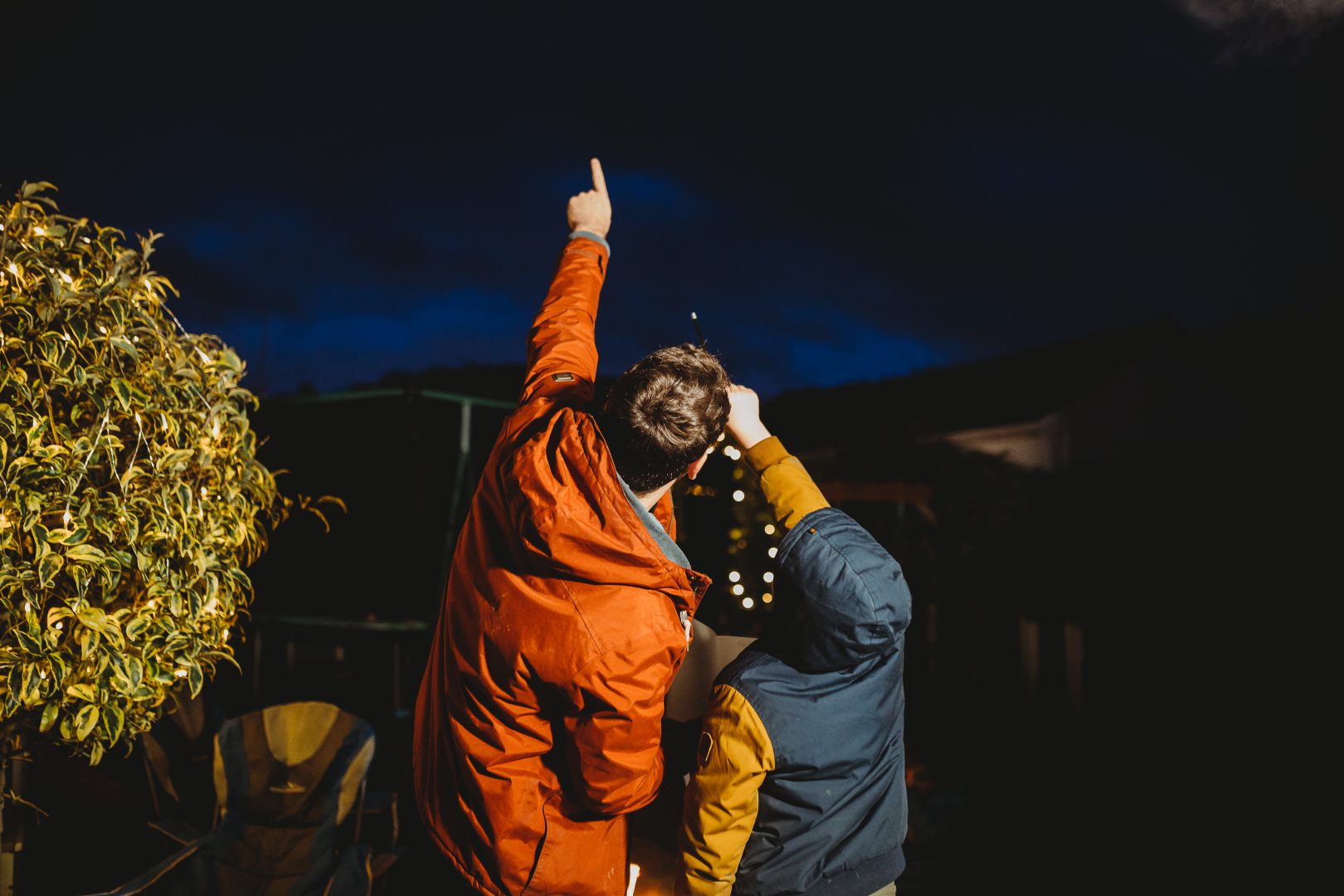Starry skies

Starry skies are one of the most magical sights that nature can offer.
Light pollution not only limits our views of these skies, but also disrupts wildlife’s natural patterns. We want to reclaim our dark skies.
Star Count
Each year, CPRE asks the nation to help measure light pollution in their area by getting starry-eyed with us and counting visible stars.
We think that dark and starry skies are a special part of nature. Nothing beats looking upwards to see velvety blackness, with twinkling constellations as far as the eye can see.
Our buildings and streetlights emit light, though, and this can affect our view of truly dark skies. We want to make sure that we can all enjoy starlit nights, and we need your help in measuring what effect light is having on our views of the galaxy.
The best way to see how many stars we can all see in the sky is… to count them! So each year we ask you to become citizen scientists and look skywards to count the stars you can see within the constellation of Orion.
Your count helps us to map where the darkest skies are across the country, and the areas with most light pollution. This allows us to work with local councils and others to decide what to do about it.
Thank you to those of you who took part in the 2021 Star Count.
Star Count 2021 Results
An incredible 7,845 people took part this year, counting stars from your gardens, balconies and windows during lockdown, between 6 and 14 February 2021.
Key findings for Gloucestershire
334 counts were submitted by Gloucestershire residents. 57% of counts in Gloucestershire noted ten or fewer stars, indicating severe light pollution. This compares to 51% nationally.
30 or more stars indicates truly dark skies and were seen by 4.5% of participants in Gloucestershire, almost matching the national figure of 5.3% – the highest figure since 2013.
Lockdown is the most likely reason for this change, with reduced human activity resulting in quieter than usual urban areas. Similar patterns have been found with air pollution, which has also dropped across the country.
As ever, we’re grateful to have so many keen stargazers, who’ve helped to give us another insight into how much light is leaking from our developments into the night and obscuring our starry skies.
Click the link below for an interactive map. You can zoom in to find your very own star count result, if you helped out in 2021, or see how your area compares to others. Are you living with light pollution, or enjoying velvety darkness and star-filled views?
Star Count is supported by the British Astronomical Association.



